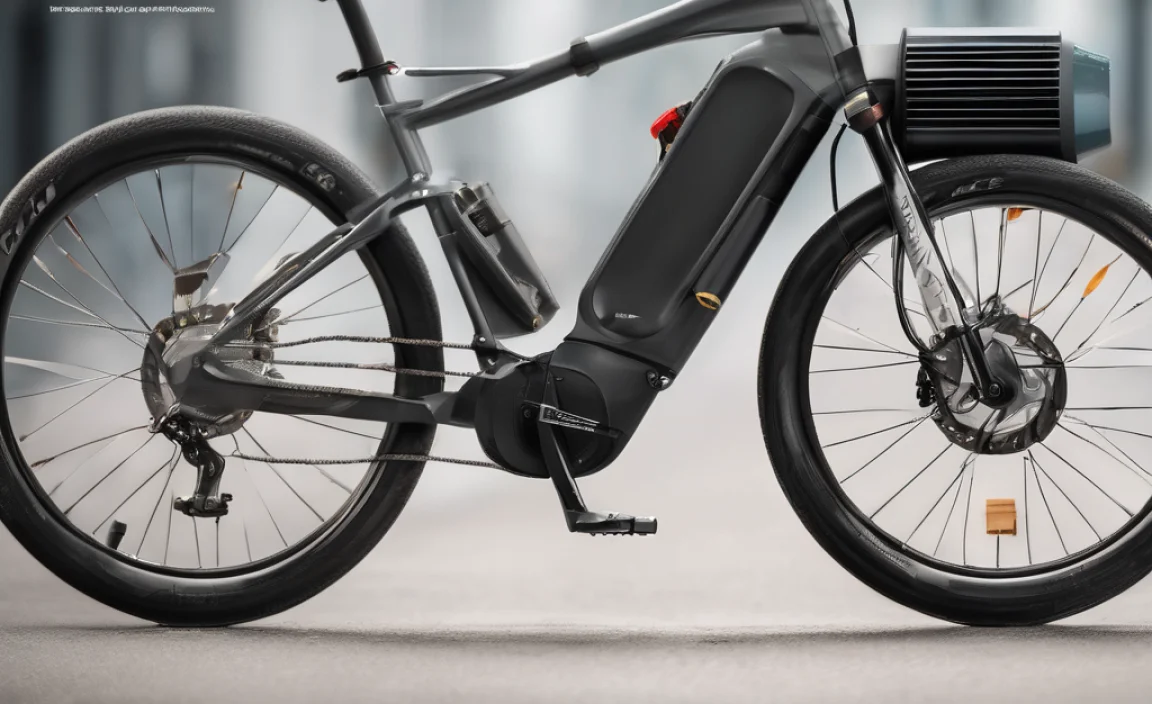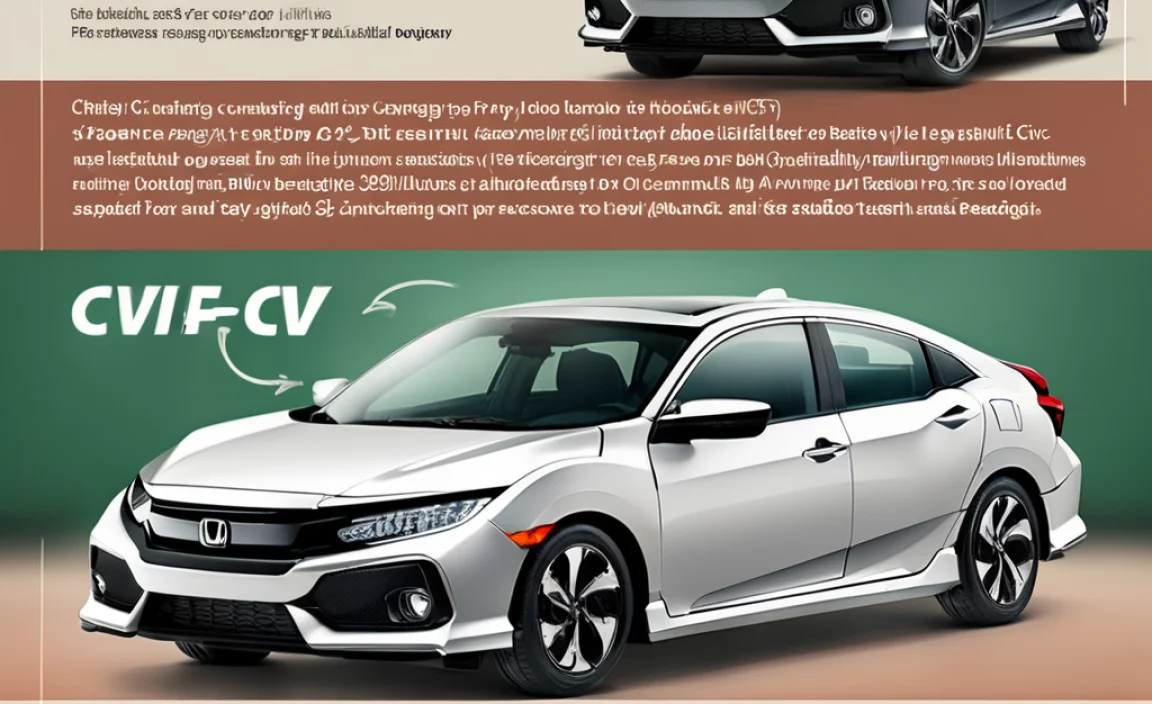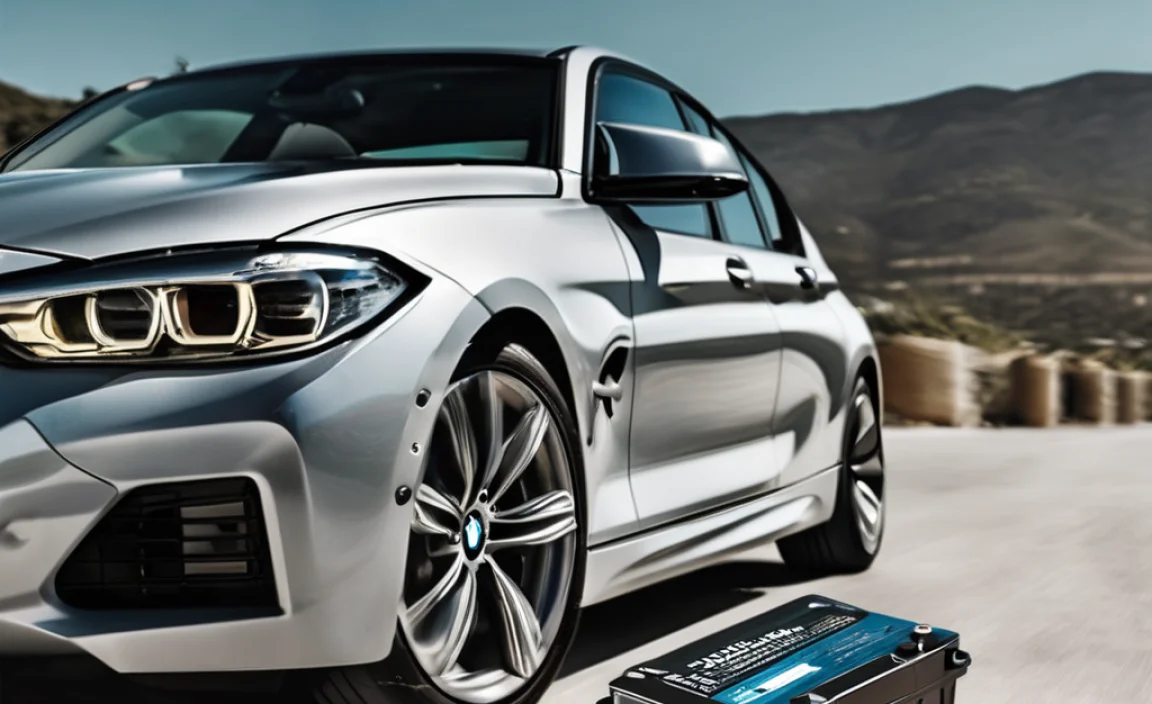Is Low Power Mode Bad for Battery Health? Debunking the Myths
Is low power mode bad for battery? This is a question that frequently surfaces among smartphone users eager to maximize their device’s lifespan. In an era where our phones are extensions of ourselves, a dwindling battery can feel like a crisis. Low Power Mode, a built-in feature on many devices, promises to extend battery life by reducing background activity and visual effects. But does this convenience come at a cost to the battery’s long-term health? Let’s dive deep into the reality of Low Power Mode and its implications for your device’s battery.
The core function of Low Power Mode is straightforward: it conserves energy by strategically limiting certain power-hungry features. This typically includes things like automatic email fetching, background app refresh, system animations, and temporarily reducing screen brightness and processor performance. The goal is to eke out those precious extra hours when you’re away from a charger. However, the underlying concern often stems from the fear that constantly running in a “limited” state might somehow degrade the battery’s ability to hold a charge over time.
Understanding How Batteries Degrade
To address whether Low Power Mode is detrimental, we first need to understand how smartphone batteries generally degrade. Lithium-ion batteries, the dominant technology in our devices, have a finite lifespan. This degradation is not usually caused by a single factor but rather a combination of them:
Charge Cycles: Every time you charge your phone from nearly empty to full, it counts as a charge cycle. Batteries are designed to withstand a certain number of these cycles (typically hundreds). As cycles accumulate, the battery’s capacity to hold a charge diminishes.
Heat: Excessive heat is a significant enemy of lithium-ion batteries. Charging your phone while it’s in a hot environment or while it’s actively performing demanding tasks generating heat can accelerate battery degradation.
Voltage: Keeping a lithium-ion battery at very high or very low states of charge for extended periods can also strain the battery. For example, leaving a phone at 100% charge constantly, especially in warm conditions, can contribute to degradation. Similarly, letting it drain to 0% repeatedly can also be less optimal, though modern battery management systems mitigate this to some extent.
Age: Even without heavy use, batteries degrade naturally over time due to chemical reactions within them.
Does Low Power Mode Stress the Battery?
Now, let’s circle back to our central question: “is low power mode bad for battery” health? The consensus among experts and device manufacturers is a resounding no. In fact, Low Power Mode generally contributes to better battery health by indirectly mitigating some of the factors that cause degradation.
When Low Power Mode is activated, it fundamentally reduces the workload on your device. This means your processor isn’t working as hard, and fewer components are actively consuming power. What does this translate to in terms of battery health?
Reduced Heat Generation: By limiting background processes and demanding tasks, Low Power Mode helps keep your device cooler. As we’ve discussed, excessive heat is a major contributor to battery degradation. By minimizing it, Low Power Mode actually protects your battery from one of its worst enemies.
Less Strain from Constant Heavy Use: While not directly related to charge cycles or voltage extremes, consistently pushing your device to its limits can create internal stress. Low Power Mode dials back performance, reducing this constant strain.
No Impact on Charge Cycles: Low Power Mode does not alter how charge cycles are counted. It simply manages power consumption within those cycles, allowing you to go longer between recharges, which might indirectly lead to fewer full charge cycles over a longer period.
What About Performance Limitations?
The primary drawback of Low Power Mode isn’t battery degradation, but rather performance limitations. You might notice:
Slower app loading times.
Reduced frame rates in visually intensive games.
Less fluid animations.
Slower data downloads and uploads.
Background downloads or updates might pause.
Automatic email fetching might become manual.
These are intentional trade-offs to conserve energy. They are temporary and are reversed when your phone’s battery reaches a certain charge level (often 80%) or when you manually disable Low Power Mode. These performance compromises do not, however, inflict cellular damage on your battery.
When to Use Low Power Mode
Low Power Mode is a valuable tool designed for specific situations:
When your battery is critically low: This is its primary purpose – to help you get through the day when you don’t have access to a charger.
When you anticipate a long period without charging: If you know you’ll be out and about all day without a power outlet, activating it proactively can be beneficial.
For general battery preservation: Some users choose to keep it on for extended periods, accepting the minor performance hits for potentially longer overall battery life between charges.
The Verdict: Low Power Mode is Not a Battery Killer
So, to definitively answer the question, “is low power mode bad for battery” health? No, it is not bad for your battery. Instead, it’s a carefully engineered feature that aims to extend your device’s usability by intelligently managing power consumption. By reducing heat generation and overall workload, it can, in fact, be indirectly beneficial for your battery’s long-term well-being. The perceived “downsides” are primarily related to temporary performance reductions, not to any permanent damage to the battery’s capacity. Embrace Low Power Mode as the helpful tool it’s intended to be, and you can worry less about its impact on your device’s battery life.



